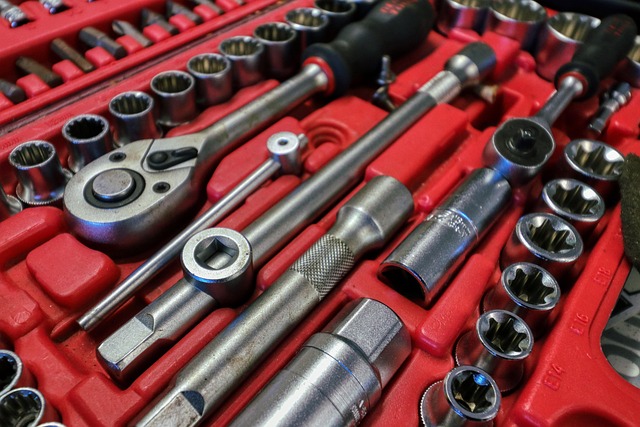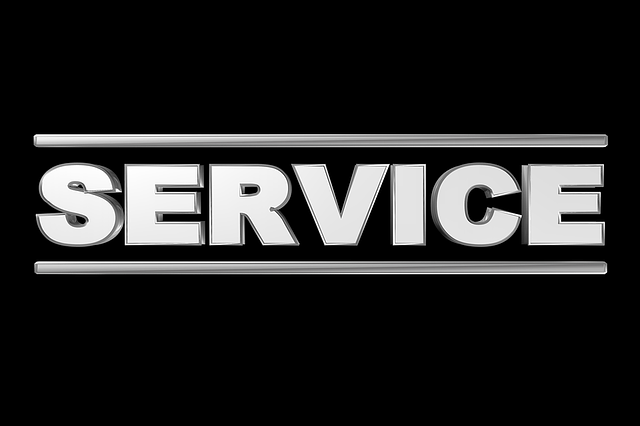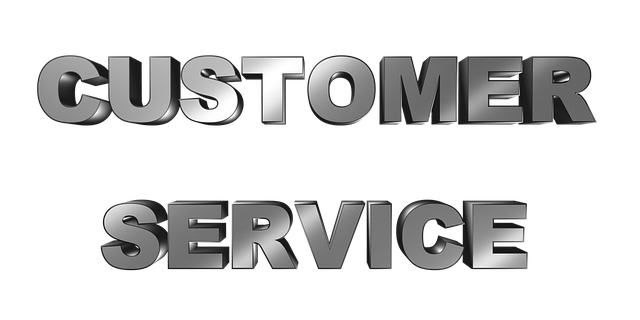Understanding local needs in real estate is crucial for sourcing sustainable resources. Researching gaps and partnering with local businesses supports community well-being. Community engagement fosters belonging, connection, and stress-free living, enhancing overall societal health through collective efforts in modern real estate practices.
In today’s fast-paced world, stress is a ubiquitous companion. However, source local resources and ease this burden by transforming your community into a haven of tranquility. This article guides real estate professionals and residents alike through three key steps: understand local needs, connect with local businesses, and promote community engagement. By fostering partnerships and encouraging participation, we can create sustainable, stress-free living environments that enrich our lives.
Understand Local Needs: Research and Identify Gaps in Your Community

Before diving into sourcing local resources, it’s crucial to understand your community’s unique needs. Real estate isn’t just about buildings; it’s about the people and services that make a neighborhood thrive. Researching gaps in your area can help you identify where your efforts can have the most significant impact. Look for areas where demand exceeds supply or places that lack essential amenities, such as healthcare facilities, educational institutions, or recreational spaces.
This process will guide you in making informed decisions when sourcing local resources, ensuring your contributions are tailored to meet the specific needs of your community. By understanding these gaps, you can help bridge them, fostering a more resilient and connected neighborhood within your real estate focus.
Connect with Local Businesses: Foster Partnerships for Sustainable Resources

Connecting with local businesses is a powerful strategy to source sustainable resources, especially in the real estate sector. By fostering partnerships within the community, individuals and agencies can access a variety of eco-friendly options that benefit both the environment and local economies. Local hardware stores, for instance, often carry environmentally conscious products, from recycled building materials to energy-efficient appliances. Collaborating with these businesses ensures that real estate projects meet sustainability goals while supporting nearby enterprises.
Additionally, engaging with local farmers’ markets and specialty shops can provide unique resources for interior design and landscaping. These partnerships encourage the use of locally sourced materials, reducing transportation emissions and promoting a more sustainable lifestyle. Embracing these connections not only eases stress related to resource acquisition but also contributes to the overall well-being of the community, creating a harmonious relationship between development and local businesses.
Promote Community Engagement: Encourage Participation for Stress-Free Living

Promoting community engagement is a powerful strategy in real estate that can significantly contribute to stress-free living. By fostering a sense of belonging and connection, neighborhoods become more than just locations—they become vibrant hubs where residents support each other. Encouraging participation in local events, neighborhood watch programs, or community gardens not only strengthens the social fabric but also provides practical assistance, enhancing the overall well-being of the community.
Real estate professionals can play a pivotal role in this process by facilitating connections between neighbors and showcasing the benefits of community living. They can organize social gatherings, collaborate with local businesses to offer discounts for residents, or even create dedicated online platforms where people can share resources and support each other. This collective approach not only eases individual stress but also contributes to a happier and healthier society as a whole.






